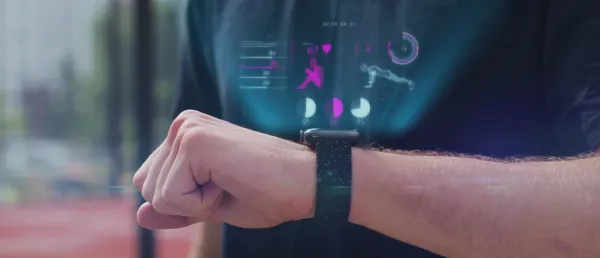IIT Indore Develops Quantum-AI Technology for Early Detection of Genetic Mutations

The new method offers rapid, high-resolution, cost-effective natural, epigenetic, and artificial DNA sequencing.
The Indian Institute of Technology, Indore (IIT-I), has developed quantum-AI nanotechnology that enables the early and accurate detection of genetic mutations, including those linked to cancer.
The team used explainable artificial intelligence fused with quantum transport to decode raw electric signals. The new method offers rapid, high-resolution, cost-effective natural, epigenetic, and artificial DNA sequencing.
The technology was developed by Professor Biswarup Pathak, Dr. Sneha Mittal, and Dr. Milan Kumar Jena from the Department of Chemistry.
"This technology has transformative implications for genomics, personalised medicine, and cancer diagnostics, facilitating the early detection of genetic mutations and cancerous transformations," said Professor Pathak. "By enabling personalised treatment strategies and improving patient outcomes, this invention empowers researchers and clinicians with a powerful tool to decode genetic information across a broad spectrum of genomic contexts, marking a significant leap forward in DNA sequencing with unmatched precision and clarity."
According to the institute, traditional methods such as Sanger sequencing and short-read next-generation sequencing often fail to detect complex genetic variations, including structural variants and modifications essential for understanding genetic disorders and cancers.
Commenting on this, IIT-I Director Professor Suhas Joshi said, "These methods provide limited read lengths, which can miss important genomic information. The Quantum-AI nanotechnology with a solid-state nanopore/nanogap device has the potential to overcome this by providing high-resolution detection of nucleotides as they pass through the device, capturing unique electronic signatures that precisely identify genetic mutations."
The institute noted that the new technology also addresses cost-efficiency and speed, which are significant barriers to existing sequencing techniques.
Stay tuned for more such updates on Digital Health News





























